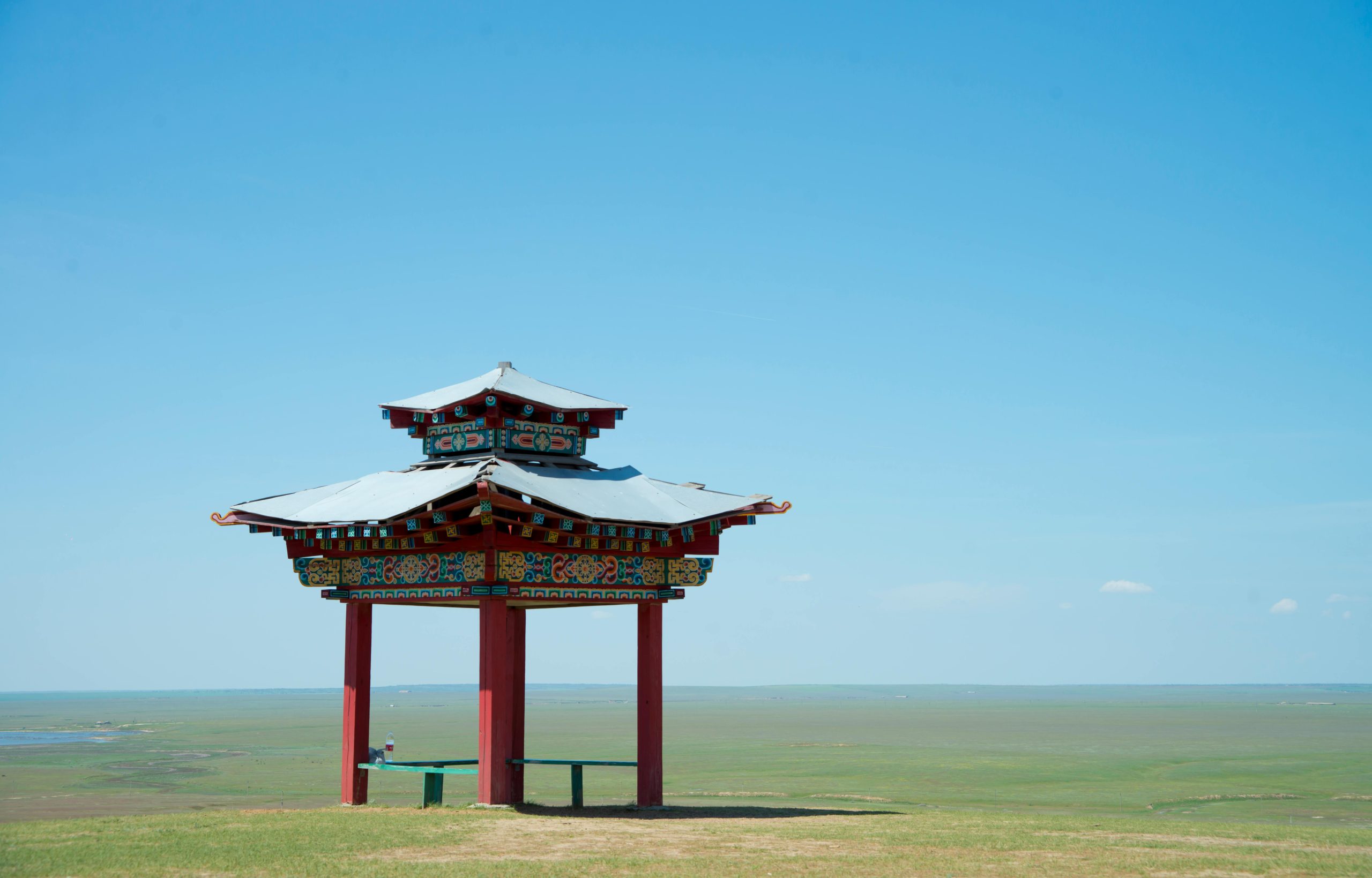Discover Kalmykia: Europe’s Unique Buddhist Region
Nestled within Russia, the Republic of Kalmykia stands out as a captivating destination and the only Buddhist region in Europe. Known for its ethnic Kolmyk population—descendants of Mongolian ancestors who migrated to this area in the 16th century—Kalmykia offers a rich cultural tapestry woven from history, spirituality, and scenic beauty. With its warm and peaceful inhabitants, unique architecture, and delectable cuisine, this region invites travelers to explore its many treasures.
As Elista, the capital of Kalmykia, gears up for an international Buddhist forum, exciting renovations are enhancing the city’s appeal. Here are some must-see attractions that showcase the richness of Kalmykia’s cultural heritage:
1. The Golden Abode of Buddha Shakyamuni
This stunning temple is a significant pilgrimage site for Buddhists and a marvel of modern architecture. Its golden dome represents peace and harmony and is a striking symbol of the region’s Buddhist traditions.
2. Elista Central Park
A serene place to unwind, Elista Central Park offers beautiful green spaces and pathways, perfect for leisurely strolls. Visitors can enjoy the local flora and take in the tranquility of the area.
3. Golden Gate
An architectural landmark that welcomes visitors into the heart of Elista, the Golden Gate captures the essence of Kalmyk culture while providing an impressive backdrop for photographs.
4. The Three Lotuses Fountain (under restoration)
Soon to be a charming centerpiece, this fountain represents purity and tranquility. Once completed, it will be a perfect spot for relaxation in the city.
5. The Pagoda of Seven Days
This serene structure is a spiritual haven, inviting visitors to explore the principles of Buddhism and the significance of each day in the spiritual journey.
6. Museum of Nomadic Peoples
Delve into the rich history of the Kalmyk people at this unique museum. Visitors can learn about the nomadic lifestyle, traditions, and the influence of Buddhism in the region.
7. Traditional Kalmyk Dwelling – Yurt
Experience the rustic charm of a yurt, the traditional home of the Kalmyks. This portable dwelling showcases the nomadic heritage and craftsmanship of the people.
8. Khurul
A site of worship and community gathering, the Khurul is central to the spiritual life of the Kalmyk people. It hosts various ceremonies and


As a London resident fascinated by diverse cultures, I truly appreciate the richness of Kalmykia’s heritage and spiritual traditions.
It’s inspiring to see a region in Europe that maintains its unique Buddhist identity, especially within the vast landscape of Russia. The integration of traditional and modern architecture, like The Golden Abode of Buddha Shakyamuni, demonstrates a harmonious blend of spirituality and contemporary design.
For travelers from London or Europe seeking authentic cultural experiences, Kalmykia offers a compelling destination beyond the typical tourist spots. Exploring sites such as the Museum of Nomadic Peoples and experiencing the traditional Yurt can provide deep insights into the nomadic lifestyle and spiritual practices.
Moreover, events like the international Buddhist forum in Elista could be an excellent opportunity for cultural exchange and understanding. If you’re interested in architectural marvels, the Golden Gate and the Pagoda of Seven Days showcase the artistry and spiritual symbolism embedded in Kalmyk culture.
It’s a reminder that even within countries like Russia, there’s an incredible diversity of traditions and histories worth exploring, enriching our understanding of Europe’s cultural mosaic.
Fascinating Insights into Kalmykia’s Cultural and Spiritual Heritage
As a London resident who appreciates diverse cultures and spiritual traditions, I find Kalmykia’s unique position as Europe’s only Buddhist region truly captivating. It offers a remarkable glimpse into how centuries-old nomadic practices and Buddhism continue to thrive alongside modern developments.
What particularly interests me is how Kalmykia balances its rich history with contemporary attractions—such as the Golden Abode of Buddha Shakyamuni and the Museum of Nomadic Peoples. These sites not only preserve cultural identity but also serve as educational platforms fostering greater understanding of the Kalmyk people’s spiritual journey.
Kalmykia’s blend of spirituality, history, and scenic landscapes makes it a compelling destination. It also serves as a reminder of the importance of preserving cultural heritage amidst modernity, a lesson applicable globally—including in our vibrant London city.